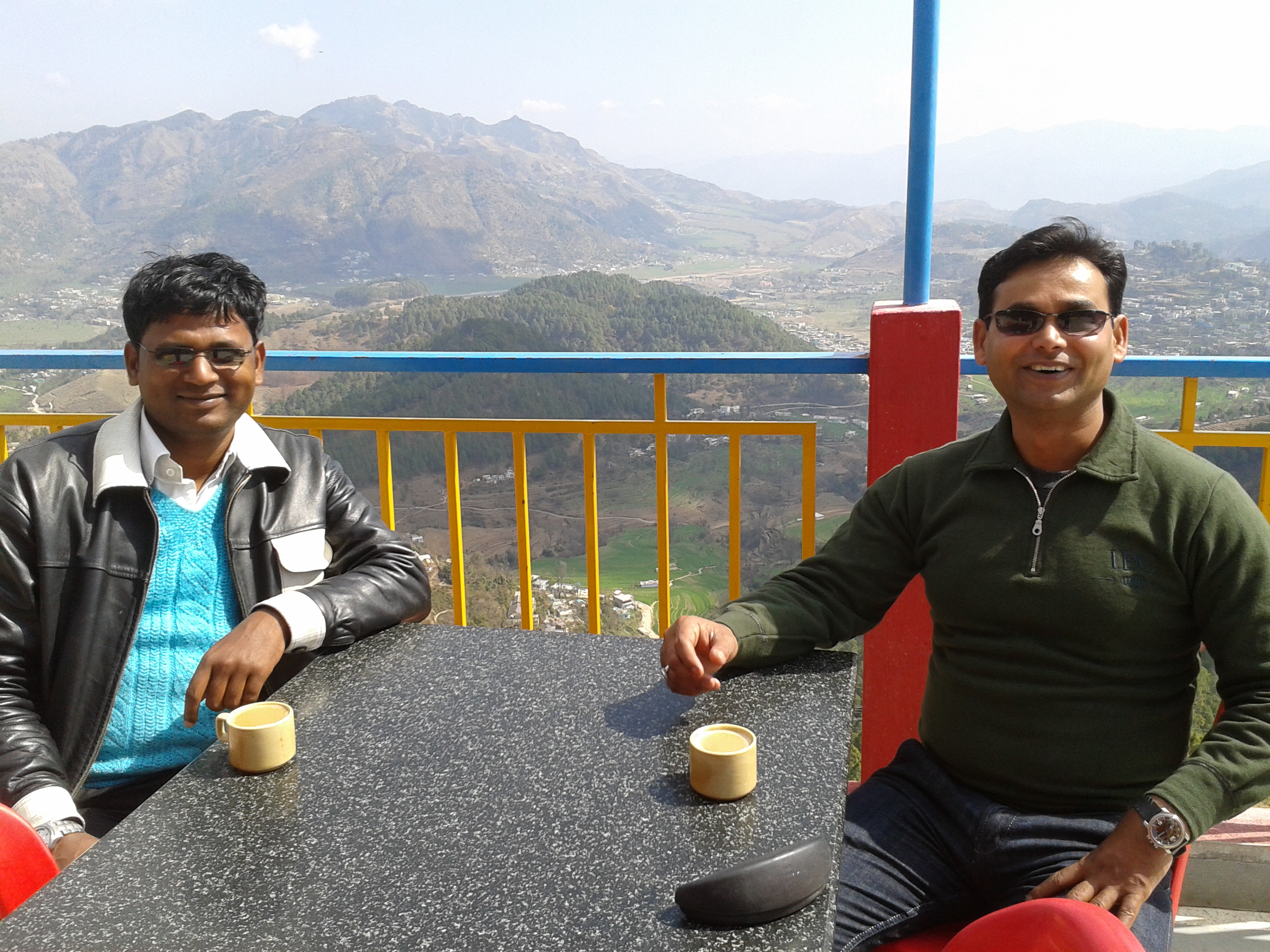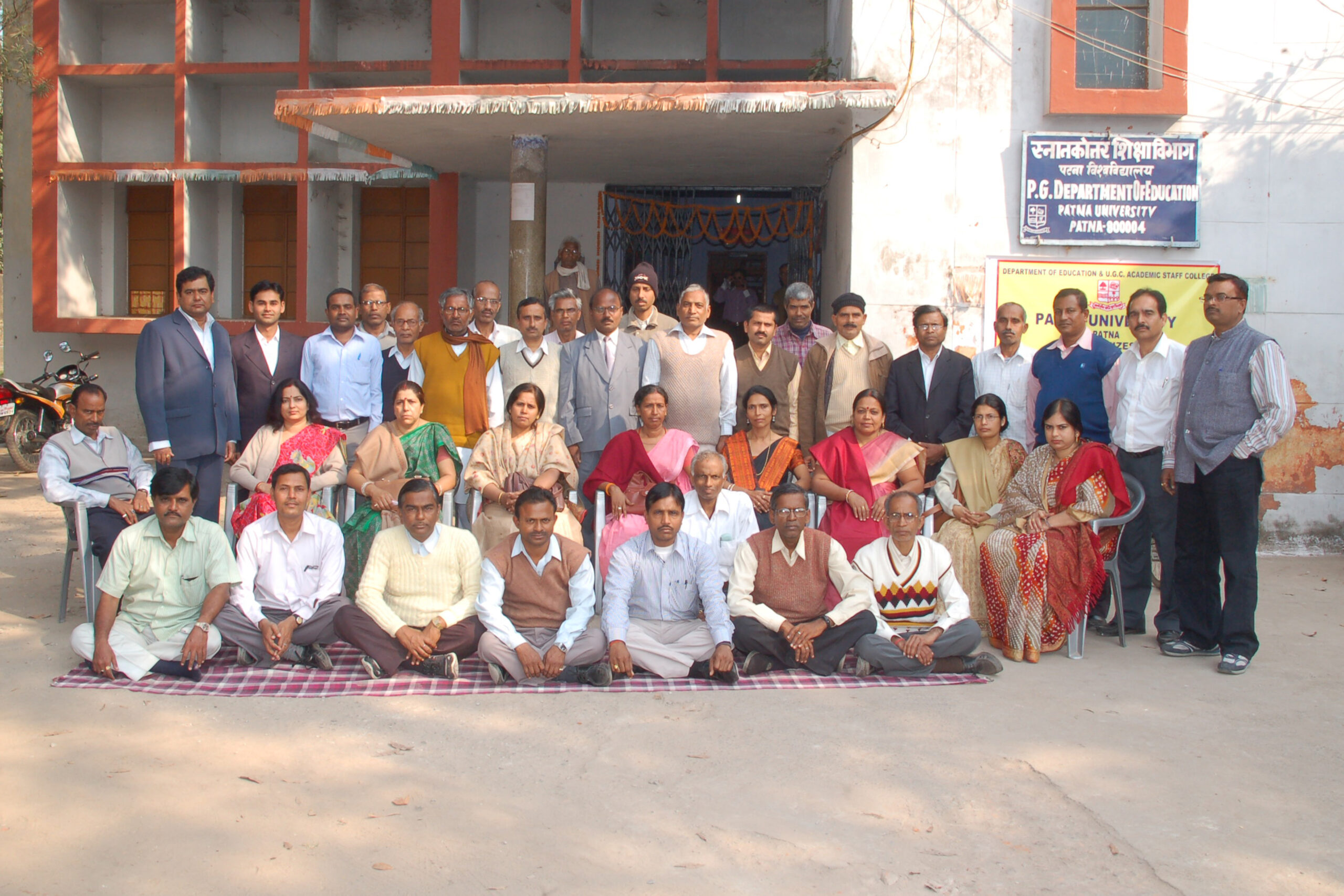Constitutional Arrangements Regarding Scheduled Tribes
Constitutional Arrangements Regarding Scheduled Tribes The Fifth Schedule provides for the appointment of a Tribal Advisory Council consisting of a maximum of twenty members, of which three-fourths shall be from the Scheduled Tribes of the State Legislative Assemblies. In articles 324 and 244, governors have been given privileges in respect of tribes. There … Read more








